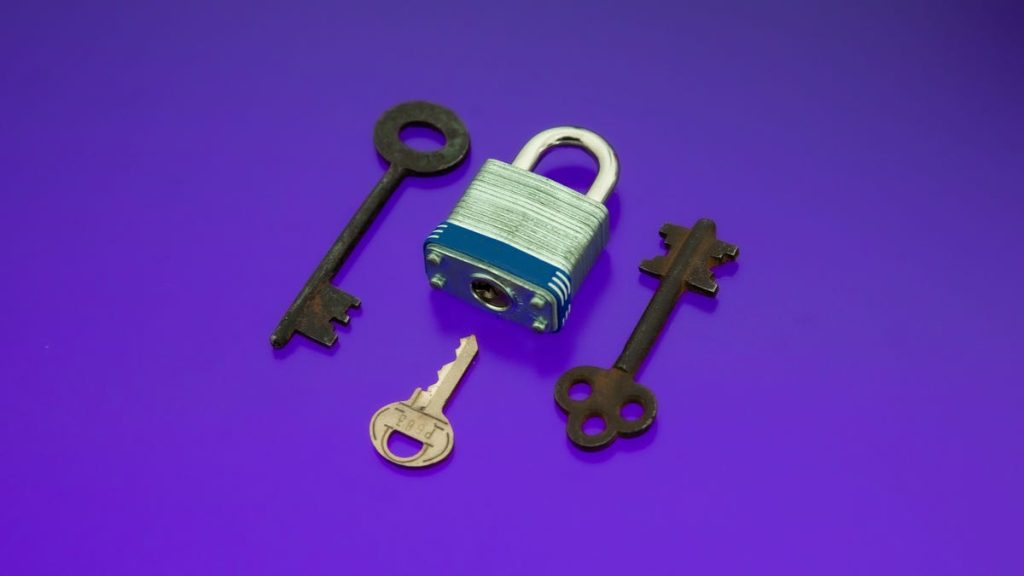When hosting a party with many guests, it’s important to consider the potential risks posed by unfamiliar devices joining your Wi-Fi network. Infections and malware on these devices could compromise your security, allowing unauthorized access to sensitive information. To protect your home network, follow these 10 simple steps. Firstly, place your router in a central location to limit the range of your network signals. Next, create a strong Wi-Fi password and change it regularly to prevent easy access by hackers. Changing the default router login credentials is also crucial to prevent unauthorized access to router settings.
Turning on the firewall and Wi-Fi encryption on your router will add an extra layer of security, as will creating a guest network for visitors and IoT devices. Using a VPN can further enhance network security and privacy by hiding your IP address and activity. Keeping your router and devices up to date with software updates is essential to protect against known vulnerabilities. Disabling remote router access unless necessary can prevent unauthorized individuals from accessing router settings.
Regularly verifying connected devices and disconnecting any unfamiliar or suspicious ones can help maintain network security. Lastly, upgrading to a WPA3 router, the latest security protocol, will provide enhanced protection for your home network. While no security measure can guarantee 100% protection, implementing these steps can significantly reduce the risk of hacking attempts and unauthorized access. By following these tips, you can better secure your home network and data from potential threats.


